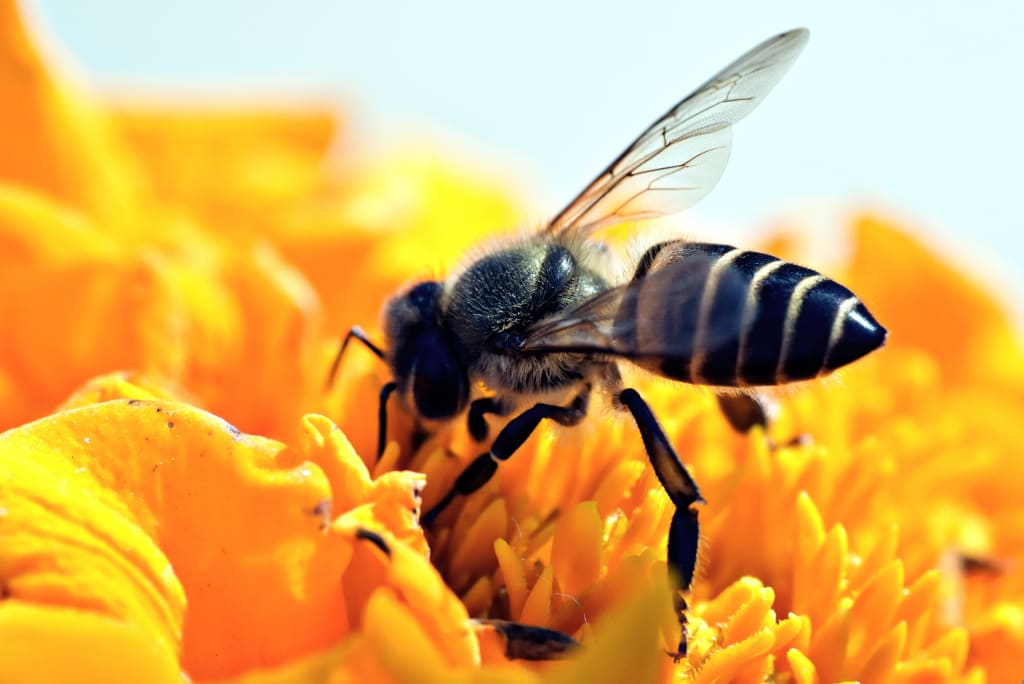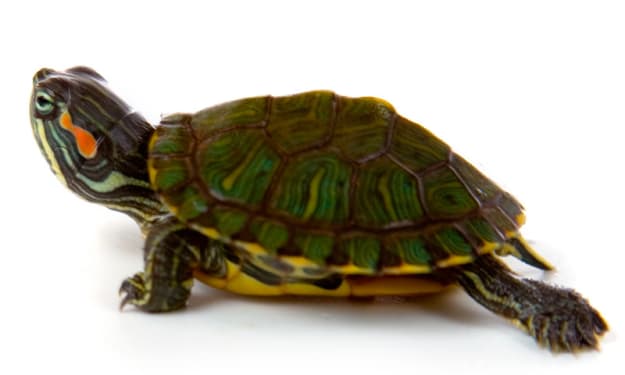Bees: Nature's Buzzing Honeymakers
Nature's Buzzing Honeymakers

Bees: Nature's Buzzing Honeymakers
Bees are small, flying insects that belong to the order Hymenoptera. They are known for their ability to produce honey, a sweet, golden liquid that is stored in honeycomb cells. Bees are also essential pollinators, playing a crucial role in the reproduction of many plants. There are over 20,000 species of bees worldwide, ranging in size from the tiny bee fly to the large carpenter bee.
The Honey Bee Life Cycle
Honey bees have a complex social structure and live in colonies that can contain tens of thousands of individuals. The colony is headed by a queen bee, whose sole purpose is to lay eggs. Worker bees are female bees that perform a variety of tasks, including foraging for nectar and pollen, cleaning the hive, and caring for the young. Male bees, or drones, are only produced when a new queen needs to be mated.
The life cycle of a honey bee begins when an egg is laid by the queen. The egg hatches into a larva, which is a grub-like creature that feeds on royal jelly, a protein-rich substance produced by worker bees. After several days, the larva spins a cocoon and pupates. Inside the cocoon, the larva transforms into an adult bee.
After emerging from the cocoon, the adult bee begins to work within the hive. Worker bees typically live for about six weeks, while drones only live for a few days. The queen bee can live for up to several years.
The Importance of Bees
Bees are essential pollinators, meaning they play a vital role in the reproduction of many plants. When a bee visits a flower, it collects pollen from the stamens. This pollen is then transported to another flower, where it can fertilize the ovules and produce seeds. Without bees, many plants would not be able to reproduce, and the food chain would be disrupted.
In addition to pollinating crops, bees also produce honey, a natural sweetener that has been used by humans for centuries. Honey is not only delicious but also has many health benefits. It is a natural source of antioxidants and can help to boost the immune system.
Threats to Bees
Despite their importance, bees are facing a number of threats. Habitat loss, pesticides, and climate change are all contributing to the decline of bee populations around the world.
Habitat loss is a major threat to bees, as it reduces the amount of food and nesting sites available to them. Pesticides can also harm bees, both directly and indirectly. Bees can be killed when they come into contact with pesticides, and pesticides can also harm the plants that bees rely on for food.
Climate change is another threat to bees. As the climate changes, the flowering times of plants are changing, which can make it difficult for bees to find food. Additionally, climate change is contributing to the spread of diseases that can harm bees.
Conservation Efforts
There are a number of things that can be done to help conserve bee populations. One important step is to protect bee habitat. This can be done by planting native flowers and trees, and by avoiding the use of pesticides.
Another way to help bees is to support sustainable agriculture. Sustainable agriculture practices, such as organic farming, can help to reduce the use of pesticides and create a more bee-friendly environment.
Individuals can also make a difference by creating bee-friendly gardens at home. This includes planting a variety of flowers that bloom at different times of year, providing a source of water for bees, and avoiding the use of pesticides.
By taking steps to conserve bees, we can help to protect these important pollinators and ensure a healthy future for our planet.
Conclusion
Bees are essential creatures that play a vital role in our ecosystem. They pollinate our crops, produce honey, and contribute to the overall health of the planet. However, bee populations are facing a number of threats, and it is important that we take action to conserve them. By protecting bee habitat, supporting sustainable agriculture, and creating bee-friendly gardens, we can all help to make a difference





Comments
There are no comments for this story
Be the first to respond and start the conversation.